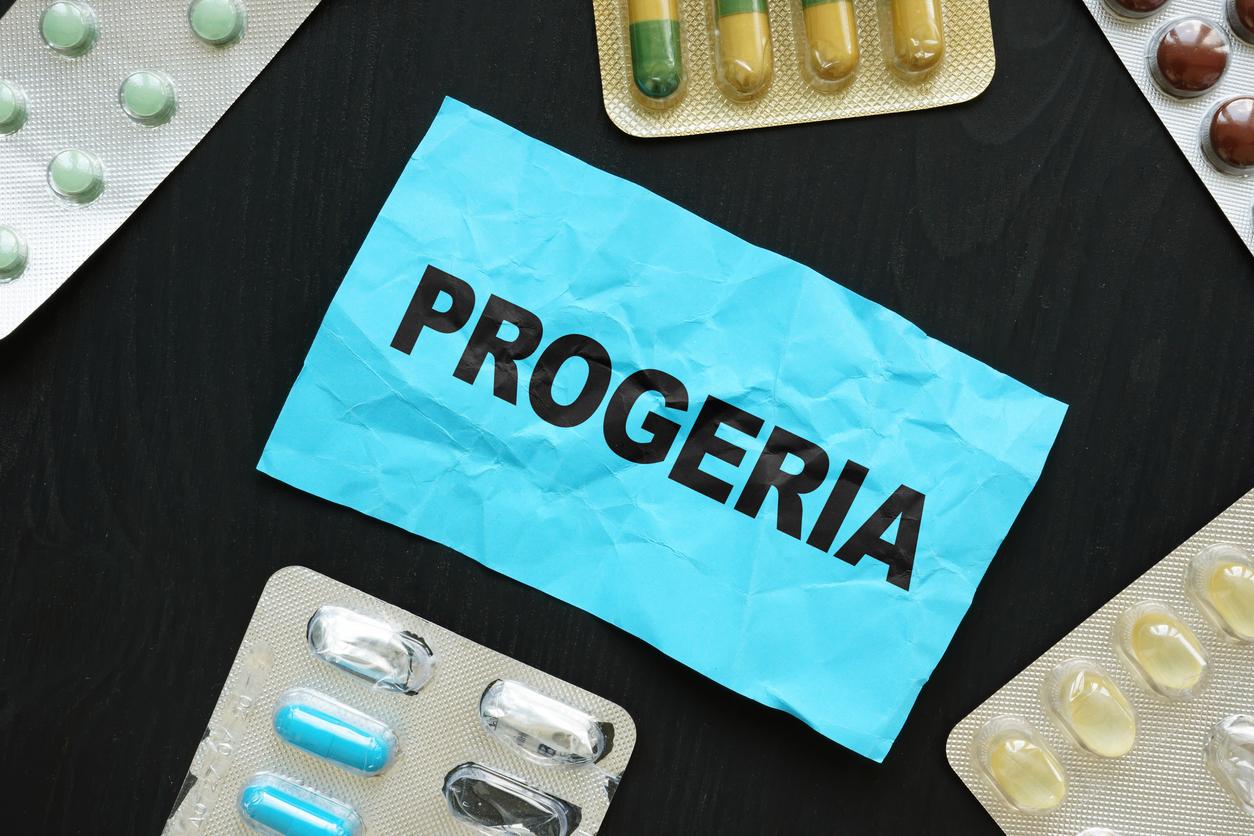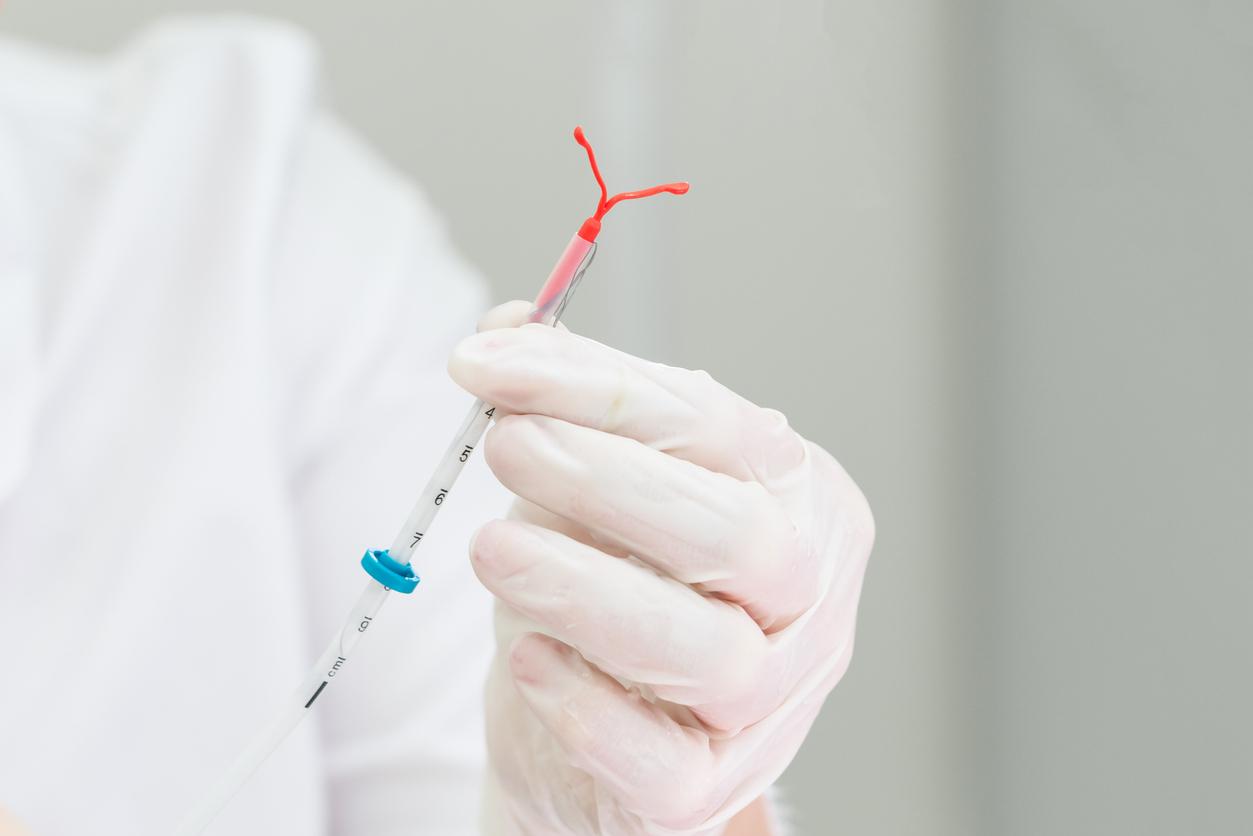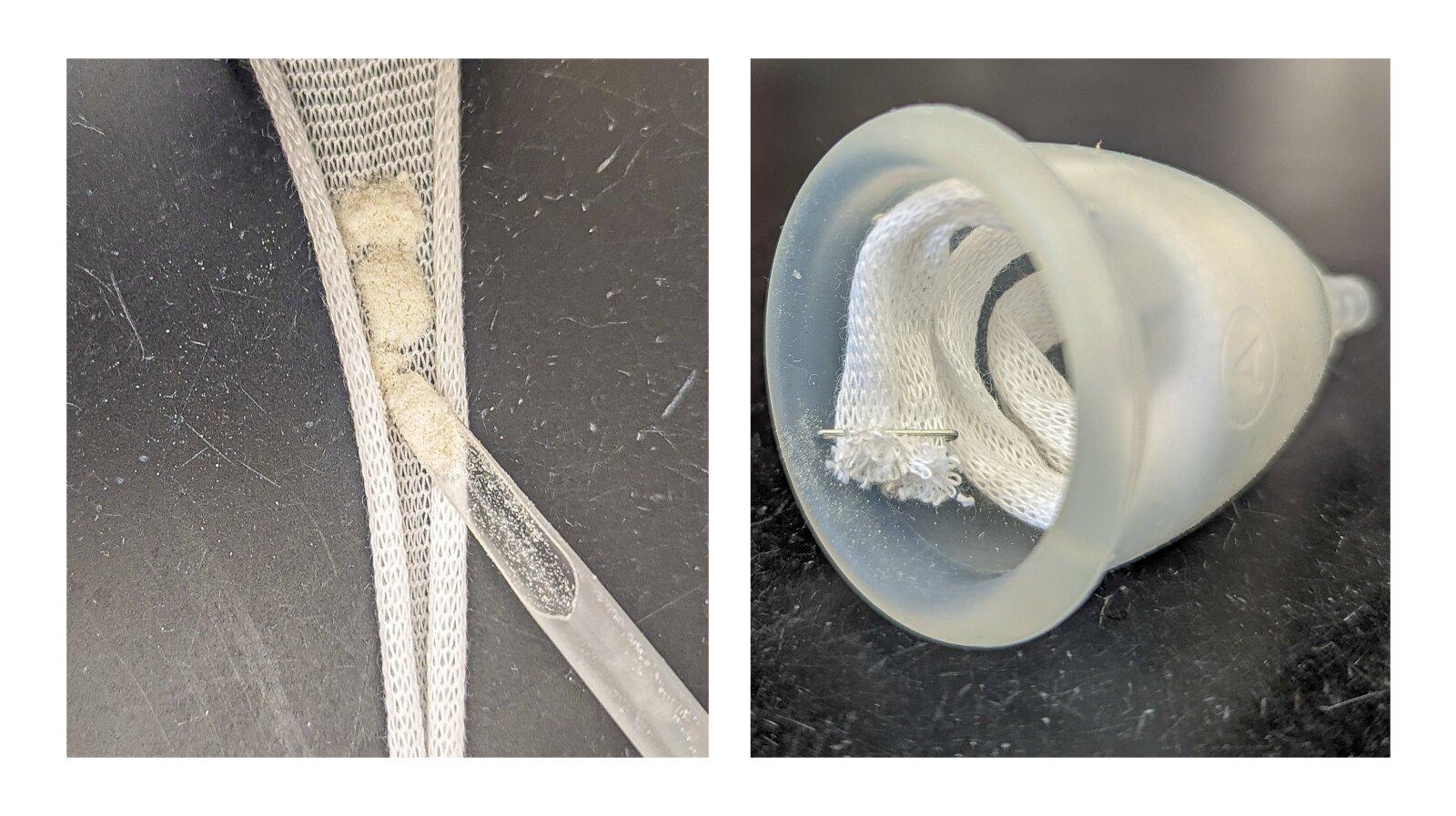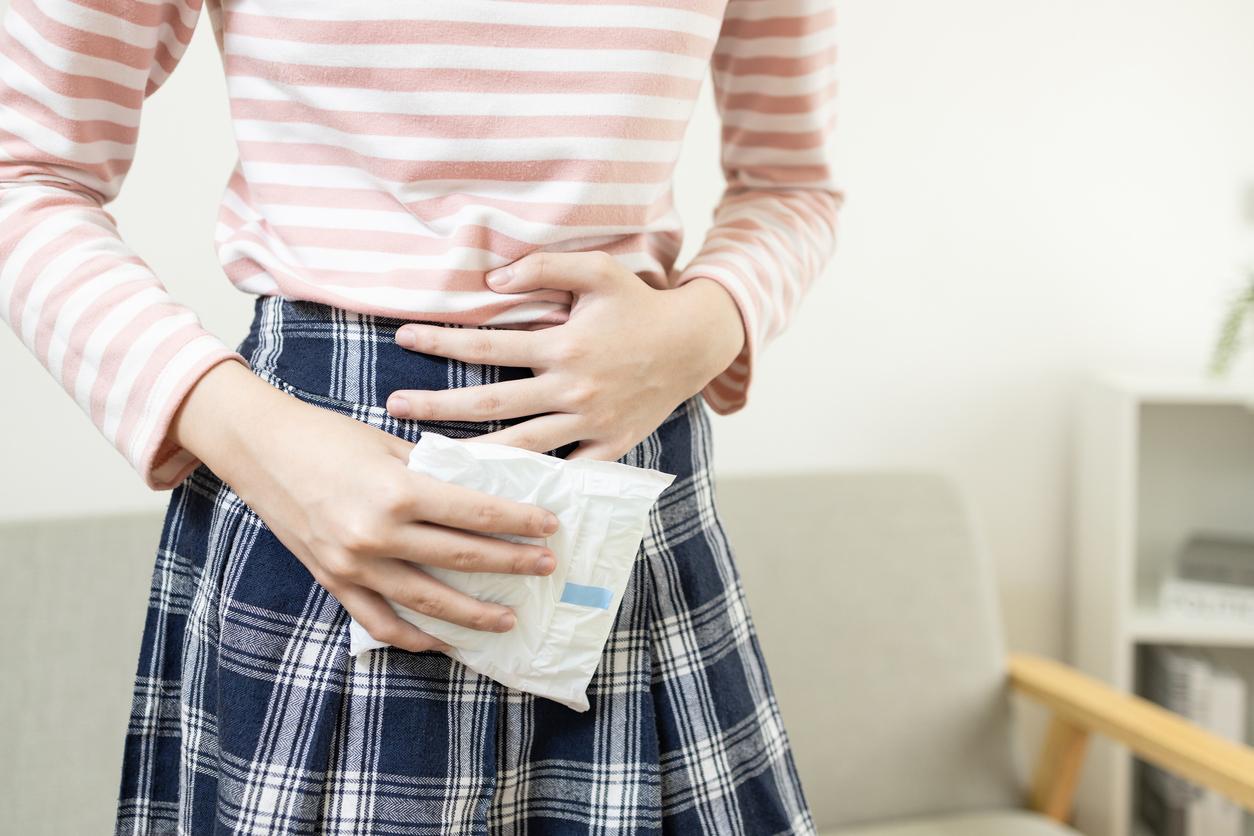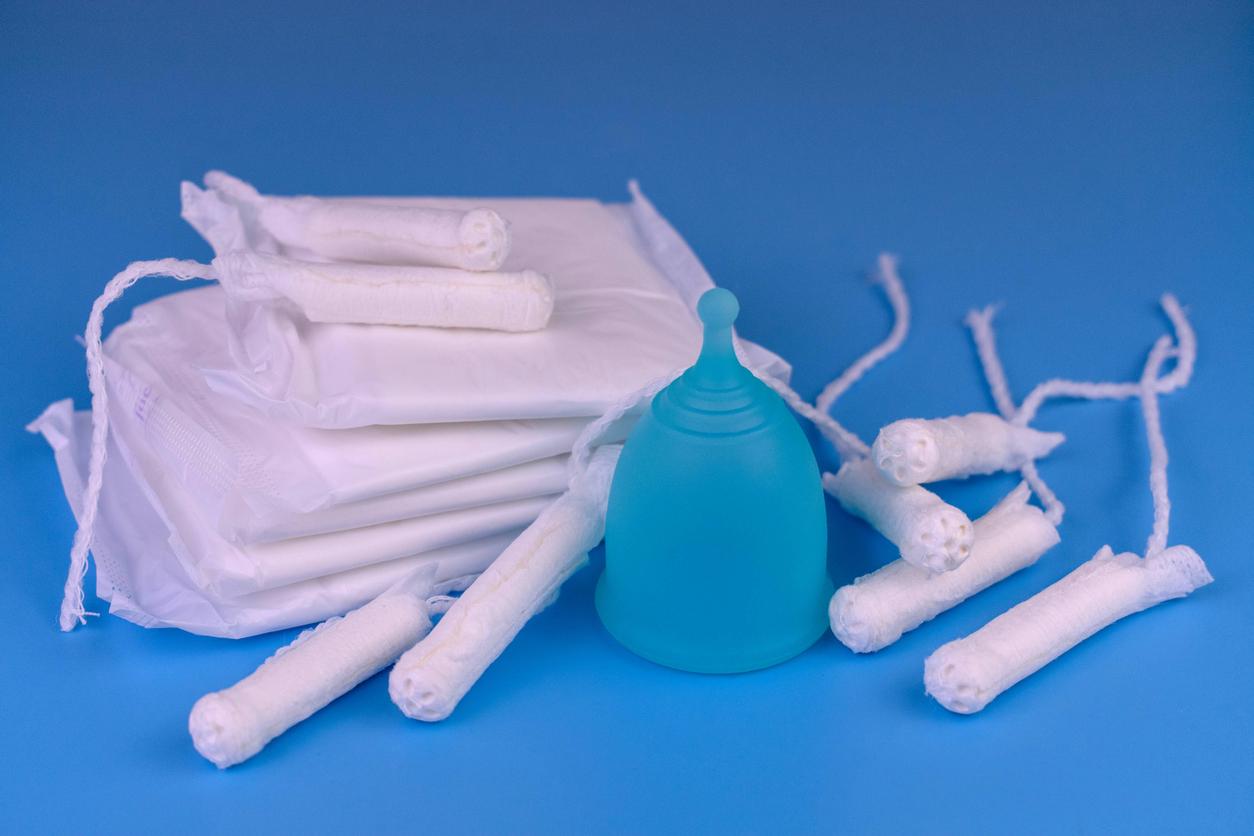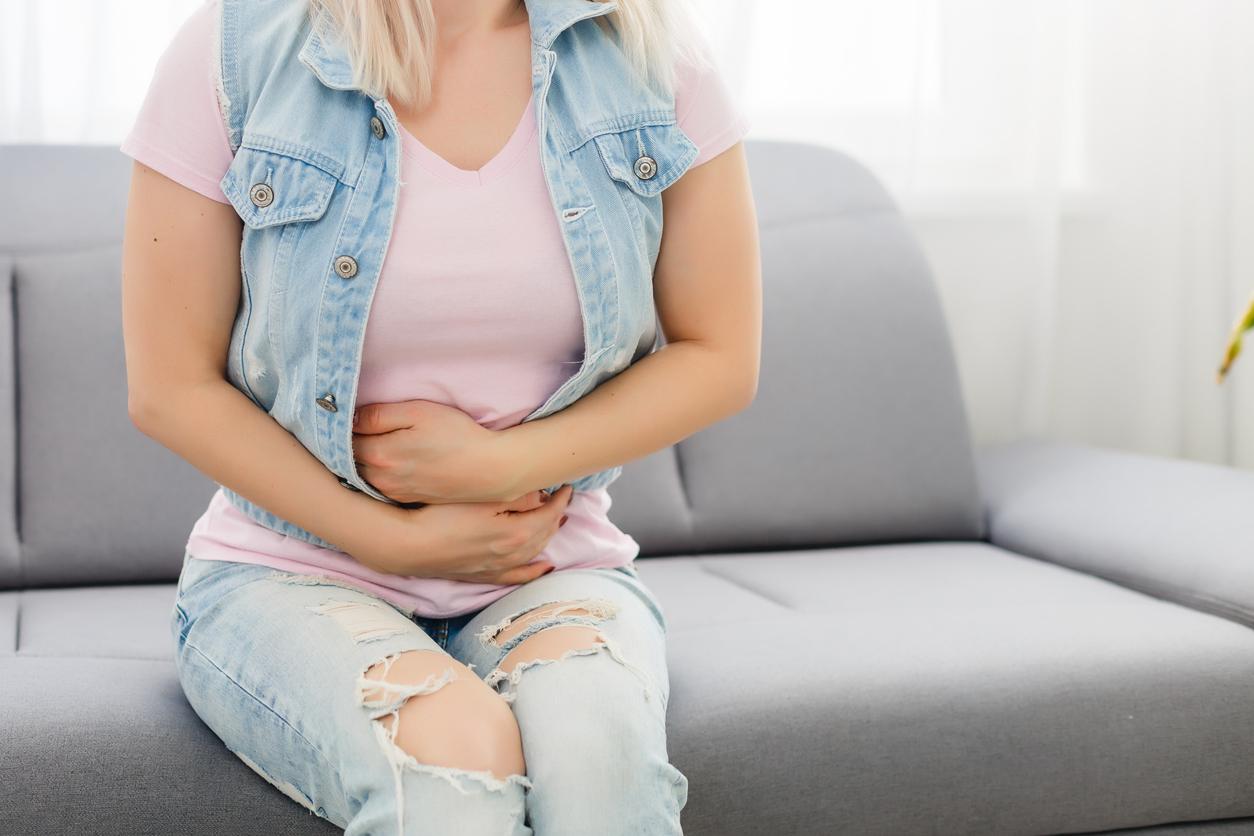Intimate protections have sparked debate recently, given their composition and the risk of toxic shock. To minimize it, it is important to follow certain rules.
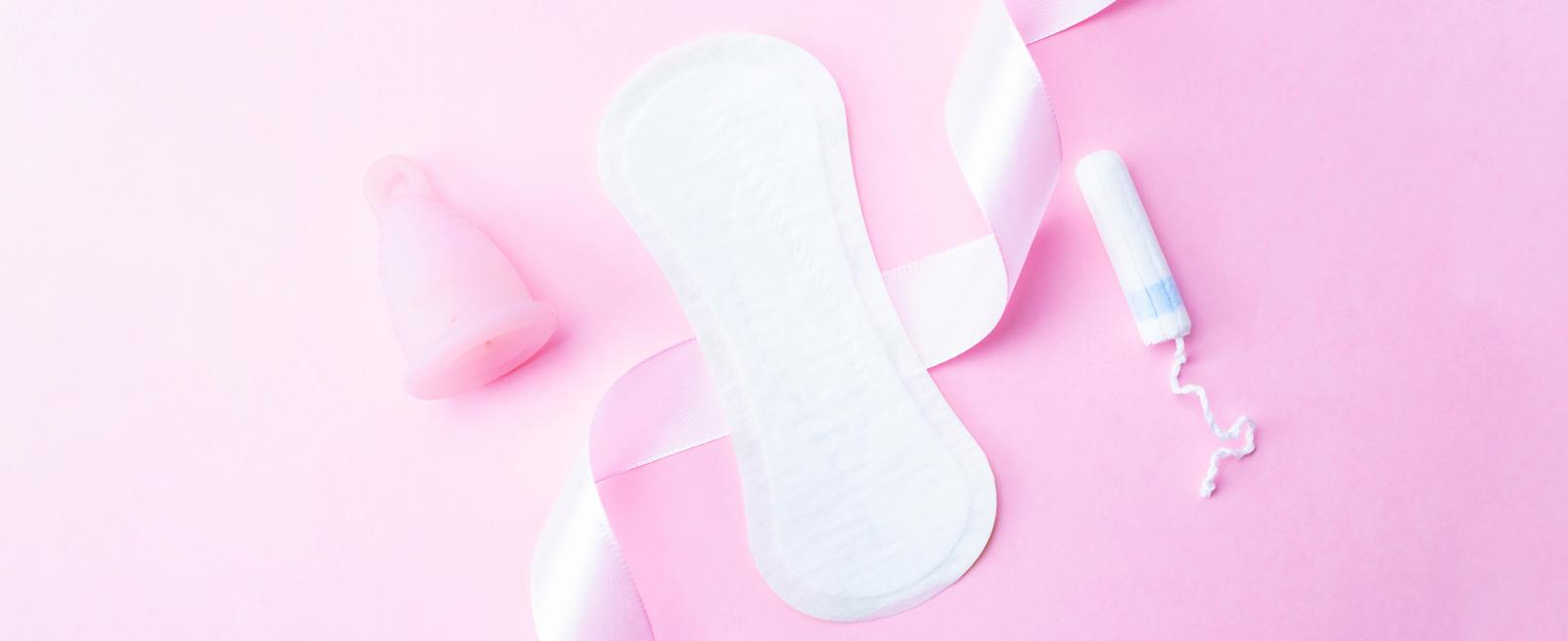
- There are a few rules you must follow when using sanitary protection.
- Poor compliance with these can present certain health risks.
- This concerns in particular the duration of wearing these protections.
From adolescence to menopause, periods require women to use dedicated protection. They can be internal, like tampons or menstrual cups, or external, like sanitary napkins. For several years, the composition of these products and the risks linked to their use have generated various debates. In an article produced in partnership with Tea ConversationANSES takes stock of the risks linked to these hygienic protections, but also on the way in which they are used.
Hygienic protections: is their composition at risk?
“Intimate protections for single external use are composed of products of natural origin derived from wood (cellulose), substances of a synthetic nature (polyolefins) and superabsorbent (SAP)specifies the organization. Tampons are composed of products of natural origin derived from cotton which undergo chemical treatment, and products of a synthetic nature such as polyolefins. As for menstrual cups, they are made of thermoplastic elastomer or medical grade silicone“Studies have shown that these protections could contain chemical substances, such as phthalates or various dioxins. The latter may be linked to contamination of raw materials or resulting from manufacturing processes.”By comparing the estimated exposure to the different substances present in intimate protection with the toxicological thresholds that could cause health effects, the Agency has not identified any chemical risk for the health of exposed women.indicates the document.
Toxic shock: a risk linked to the use of hygienic protection
Other surveys have looked at how women use these sanitary protections. Improper use, especially for too long, can increase the risk of menstrual toxic shock syndrome. “It is a rare disease caused by a toxin produced by a bacterium, Staphylococcus aureus (staphylococcal toxic shock toxin, TSST-1), warns ANSES. Around twenty cases are recorded per year in France.” As these cases are not reportable, there could be around 100 women affected each year. In the early stages, three to five days after exposure to the toxin, flu-like symptoms appear, then the toxin spreads and the situation can get worse. The most severe cases can lead to amputation or even death.”This syndrome is linked to the conditions of use of internal intimate protection: prolonged use increases the riskalerts ANSES. Protections with a stronger absorption capacity than necessary mechanically increase this risk, by excessively increasing the duration of wear. In fact, cups and tampons prevent menstruation from being eliminated from the vagina, where it will constitute an adequate nutrient for this staphylococcus, present in approximately 1% to 4% of women..”
Hygienic protection: what are women’s habits?
However, a survey carried out at the request of ANSES in 2017 shows that some women use these products at risk. “This investigation highlighted an inadequacy of hygiene measures, in particular hand washing, whether before or after changing protection, and the duration of wear, observes the agency. The recommendations contained in the instructions for use of internal protections recommend a maximum wearing time of between 4 and 8 hours. They seem to be little or poorly followed by the majority of tampon users, since 79% of them said they kept them on all night.”
Nearly 30% of women did not change their menstrual cup for an entire day compared to 2% for tampons. To reduce the risk of toxic shock syndrome, infection and any other vaginal problem, health authorities advise respecting the recommended wearing times, choosing an absorbency adapted to your flow, using tampons only during rules, and wash your hands before and after changing protection.




